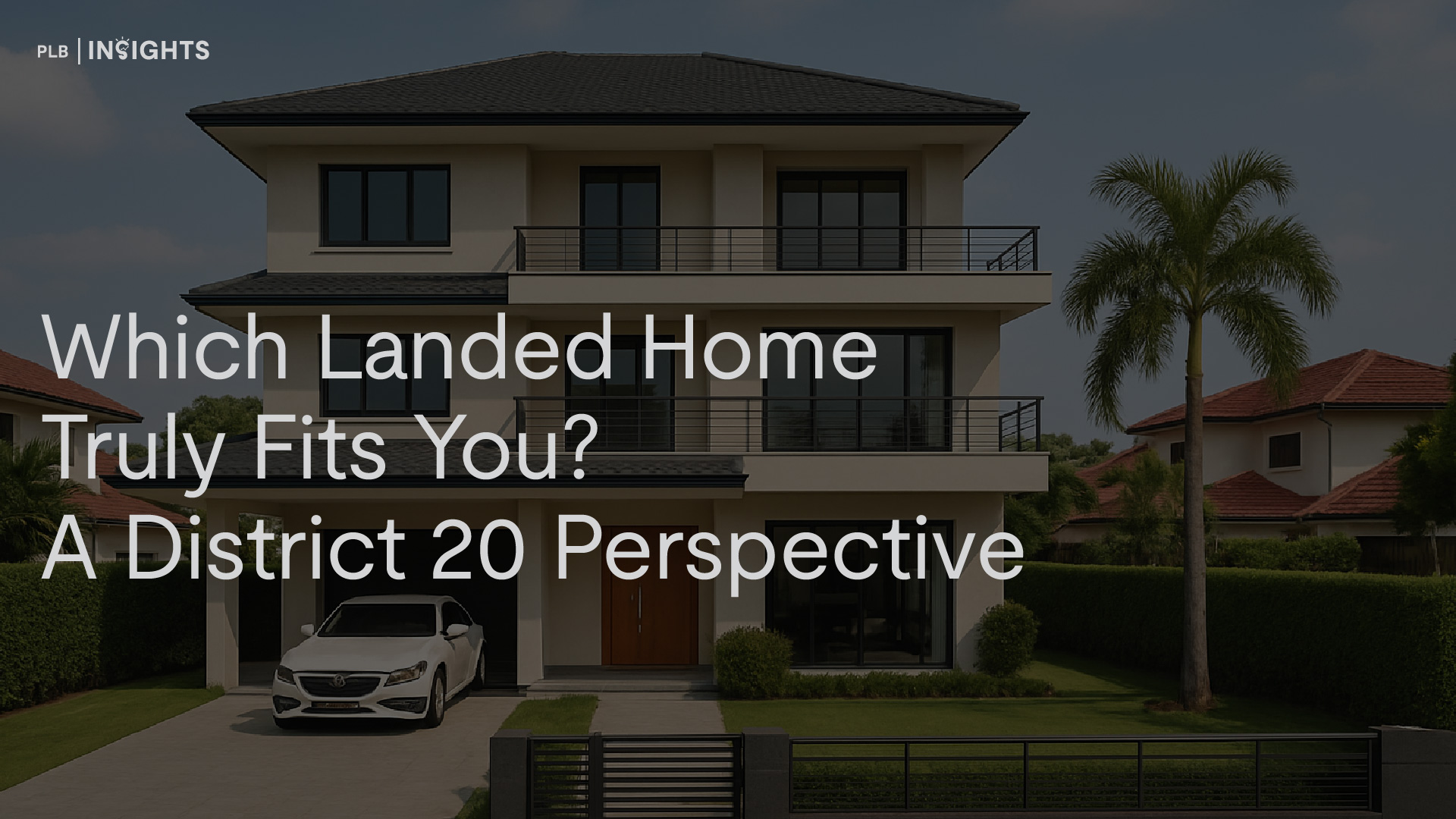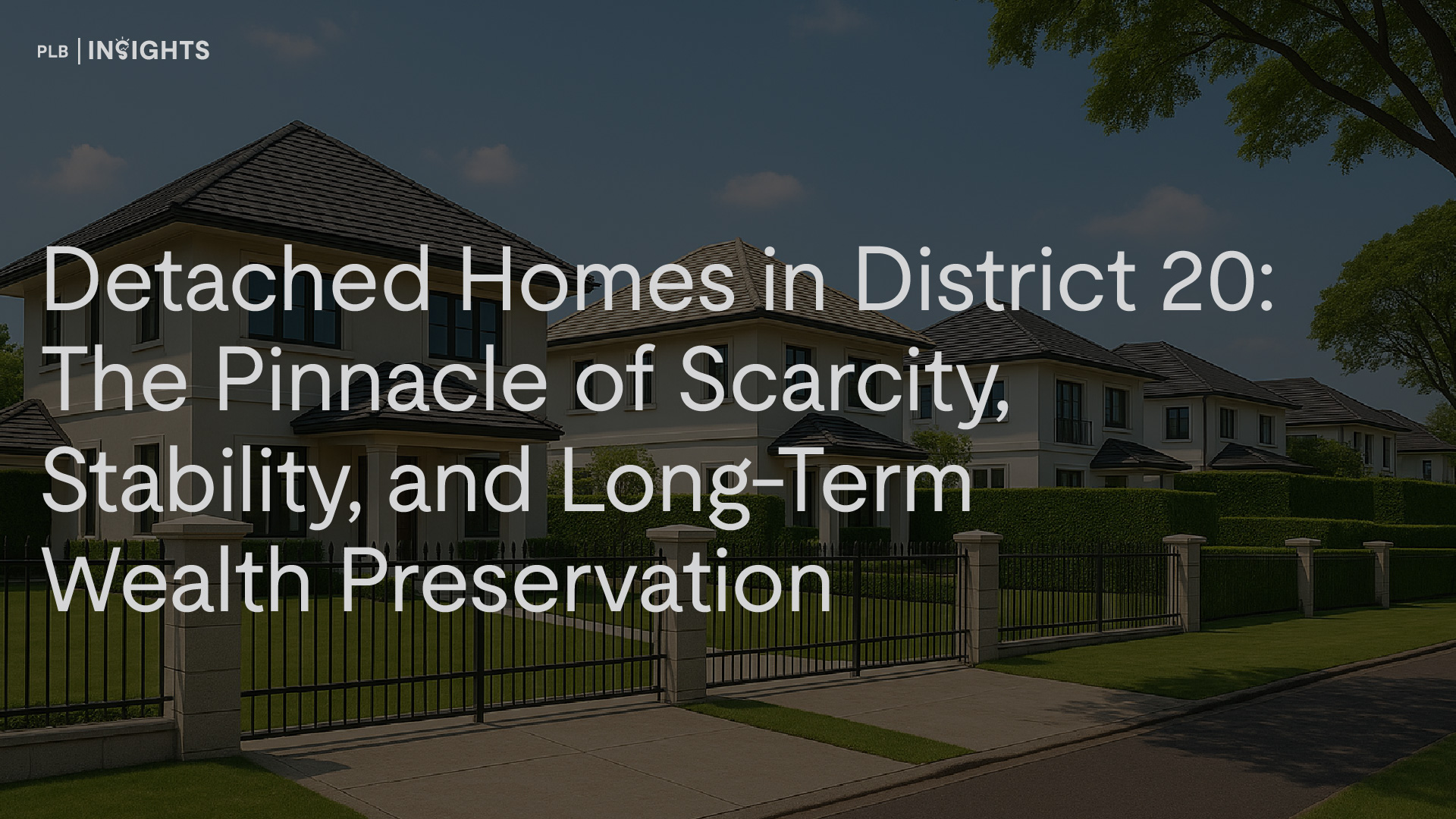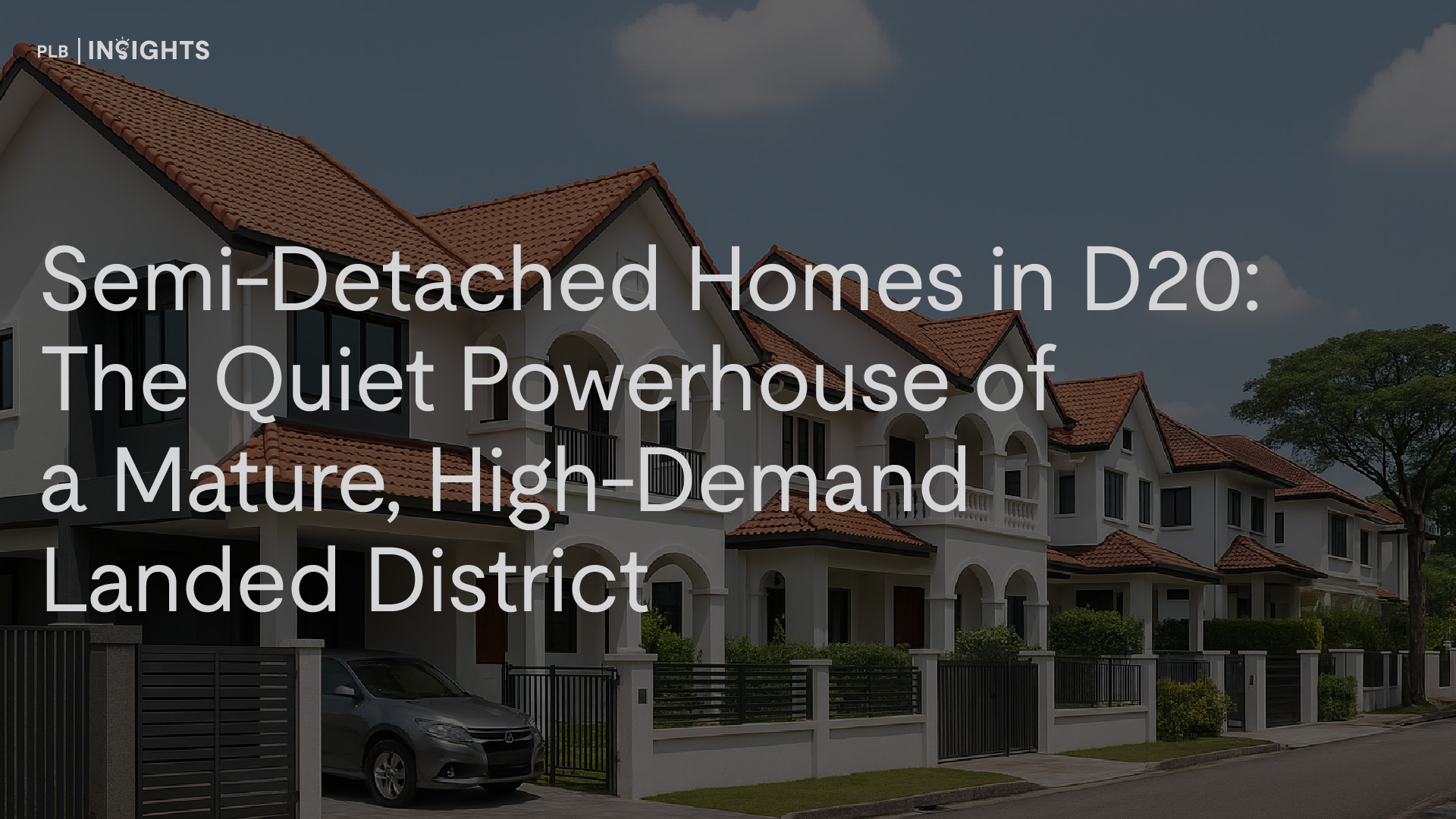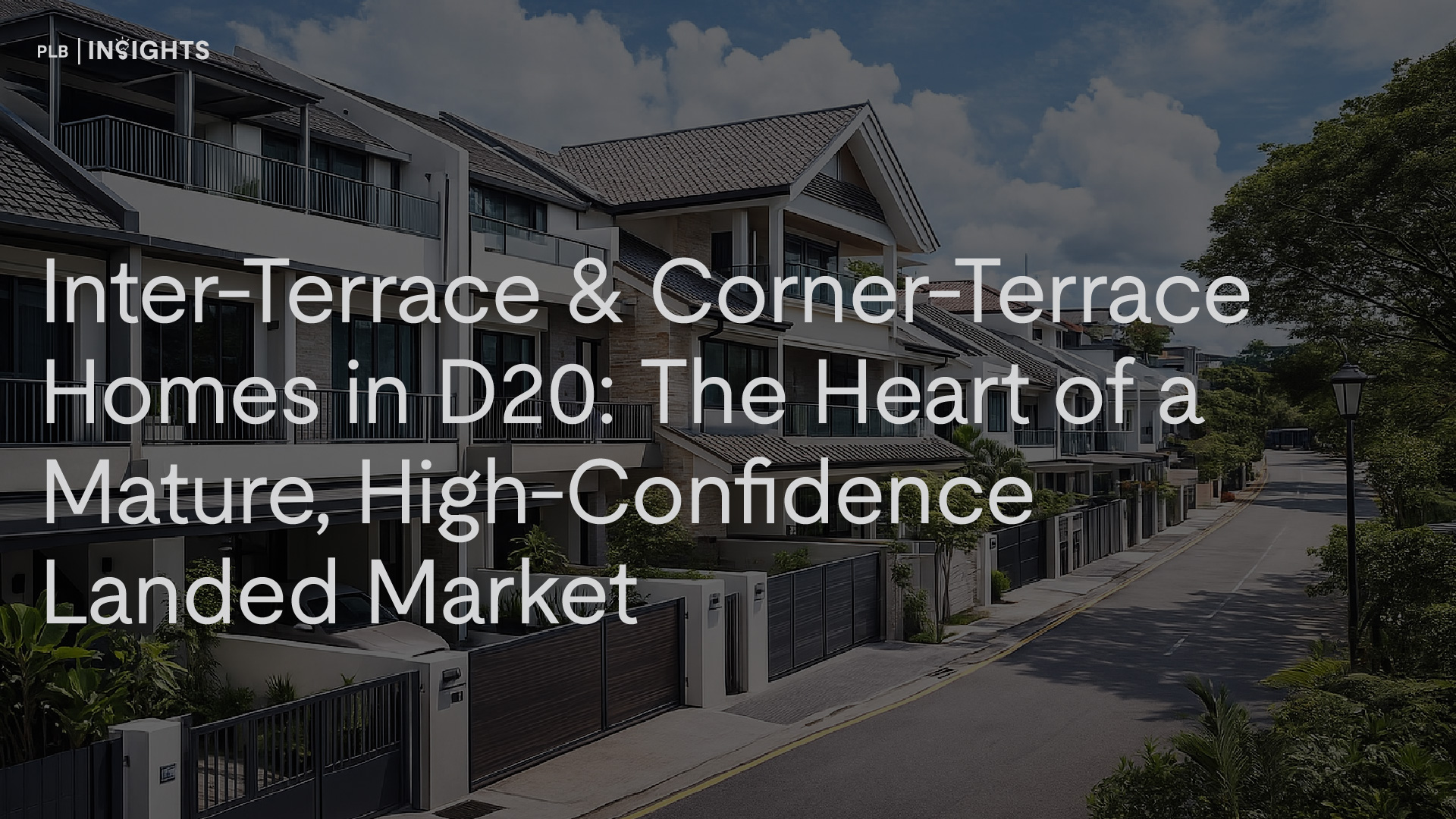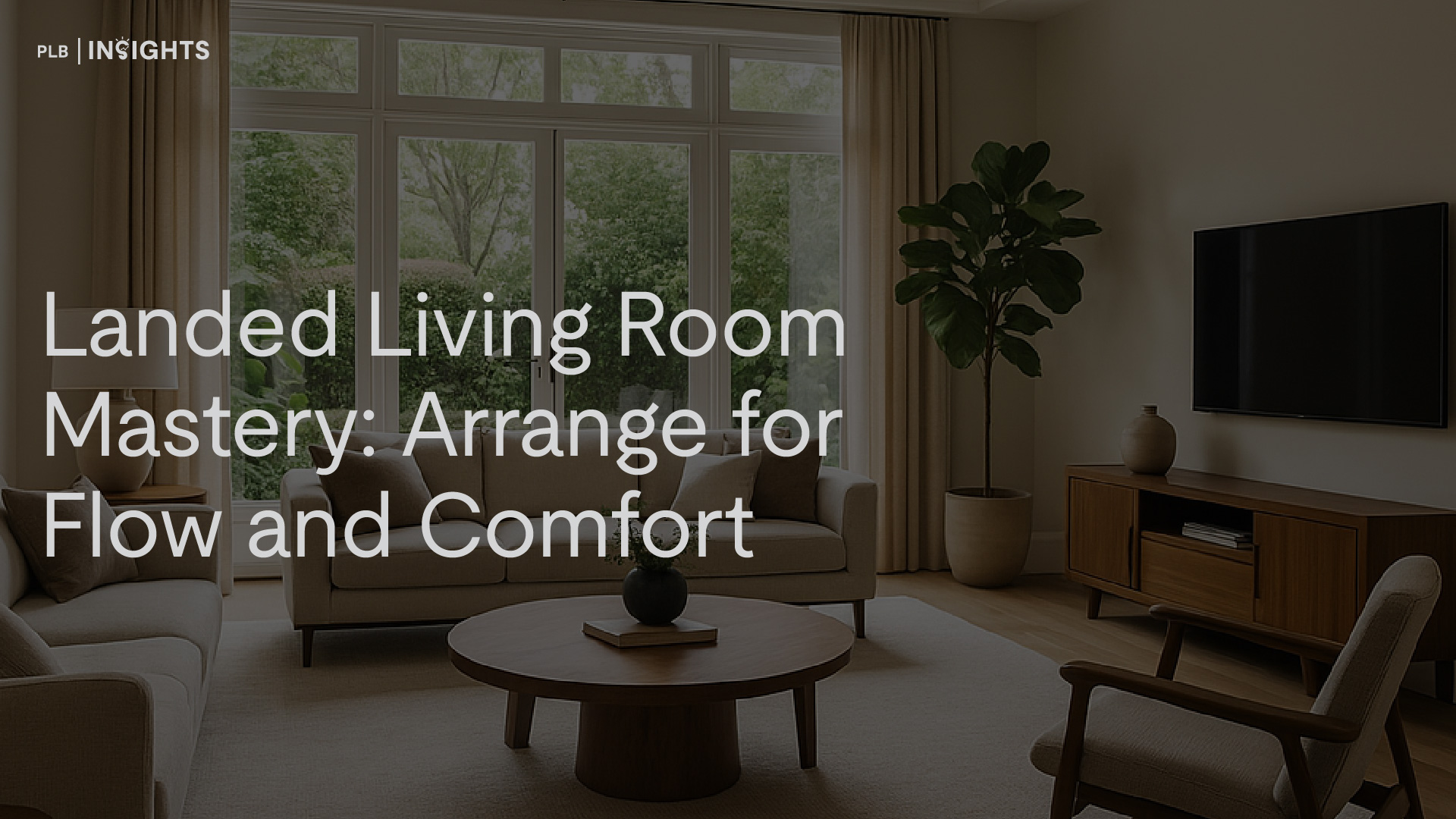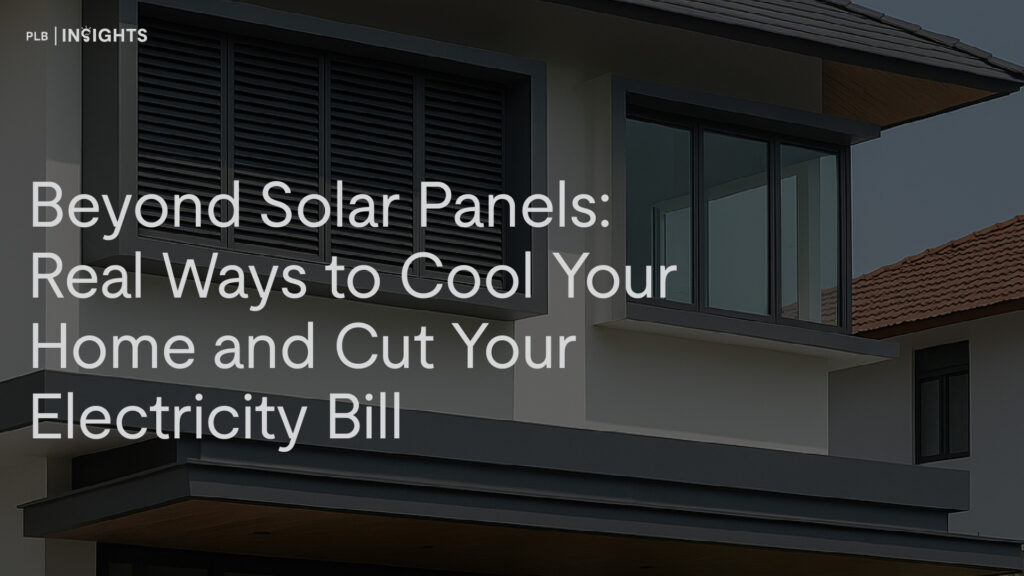
Following our June feature on how solar panels can significantly reduce long-term electricity costs for landed homeowners, many readers have since asked what other practical steps they can take to improve home efficiency. Beyond harnessing solar power, the next frontier lies in managing what drives energy use the most — heat and lighting.
With Singapore’s humidity, year-round sunlight, and rising electricity tariffs, achieving a comfortable yet cost-efficient home comes down to smart temperature and lighting management. Whether through Additions & Alterations (A&A), a rebuild, or simple everyday upgrades, there are plenty of realistic ways to lower your utility bills without compromising comfort or design.
Why Temperature and Lighting Matter (More) in Singapore Homes
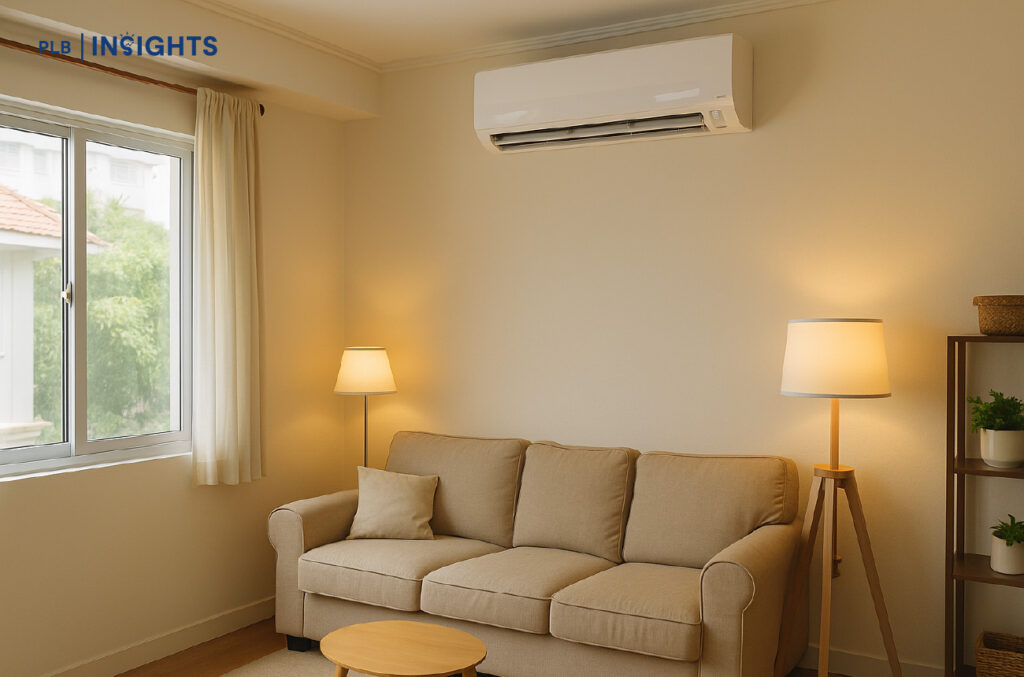
In most landed homes, air-conditioning and lighting together account for a significant share of electricity use. The tropical climate — with average daytime temperatures around 31°C — means air-conditioning often runs for hours each day. Meanwhile, many homeowners keep lights on even during the day due to poor natural illumination, especially in older layouts with smaller windows and deep interior spaces.
The result: higher bills and heavier reliance on mechanical cooling. By improving natural ventilation and lighting, you can reduce your home’s energy demand at the source — rather than trying to compensate with more appliances.
Singapore’s Building and Construction Authority (BCA) has long promoted these concepts under its Green Mark framework: using passive design to achieve thermal comfort and visual brightness through architecture, not just technology.
Cooling Strategies: Architectural and A&A-Level Improvements
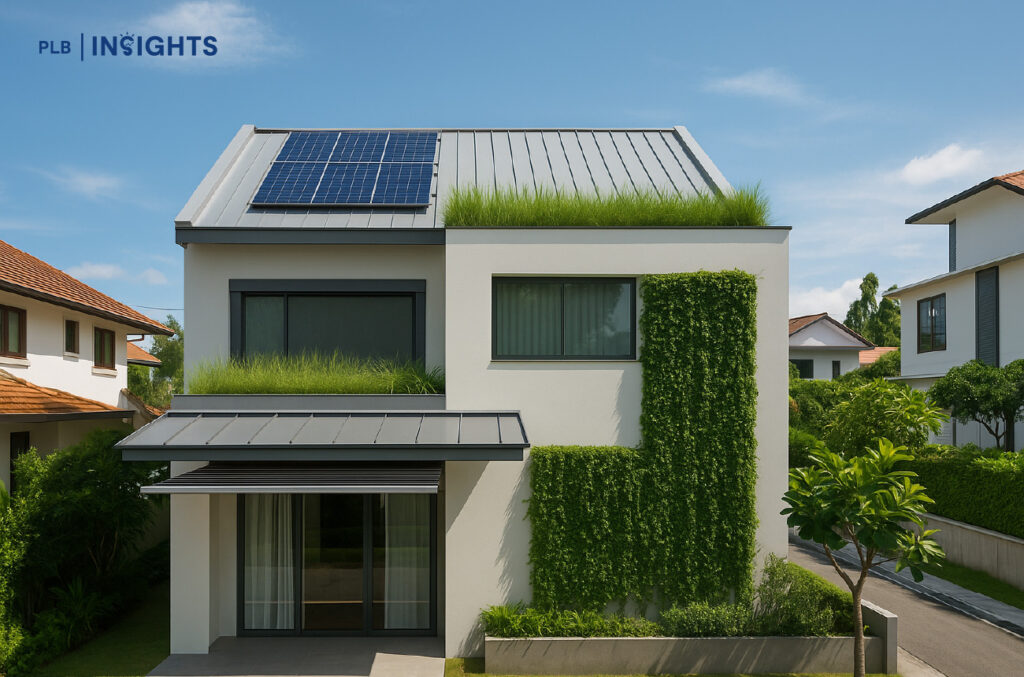
Roof and Attic Upgrades
Your roof is the first line of defence against heat. In landed homes, it absorbs and radiates much of the day’s solar load downwards into upper floors.
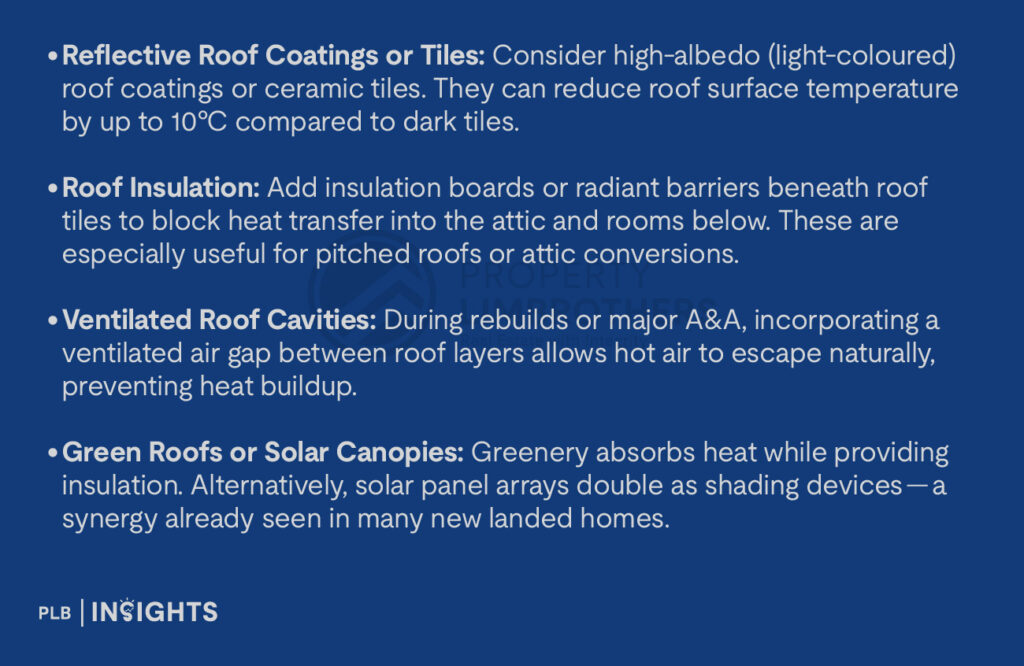
Facade and Wall Treatments
External walls and windows account for large thermal gains. Upgrading them can make an immediate difference.
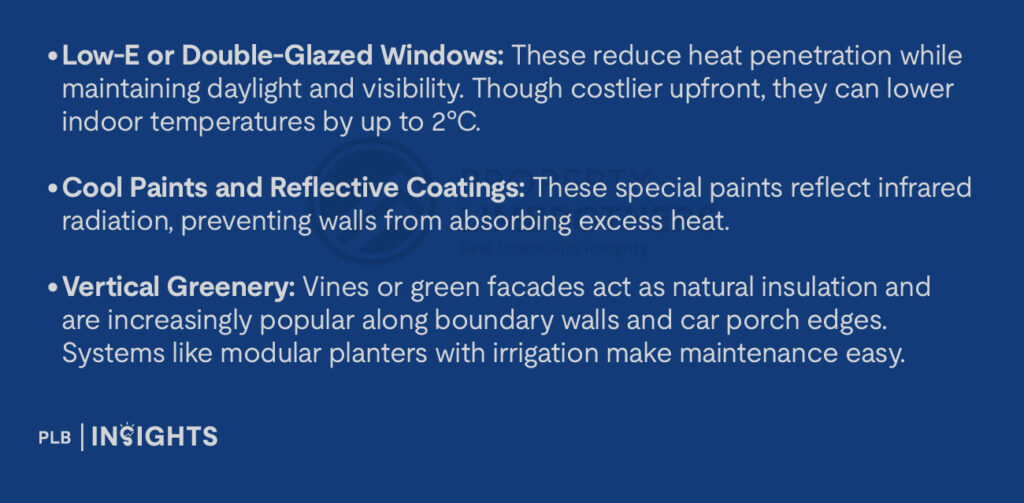
Shading Devices and Orientation
For homes facing west or northwest — where afternoon sun is harshest — shading is essential.
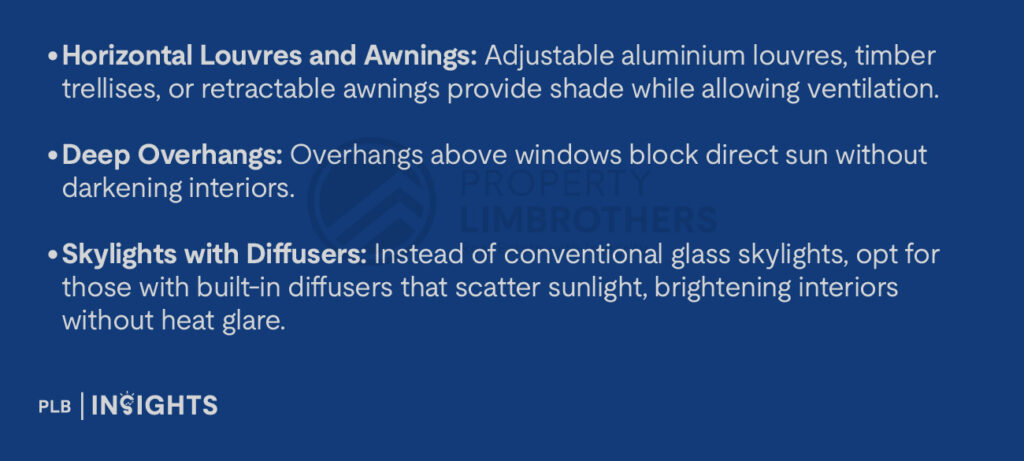
Ventilation and Air Flow Design
Good ventilation can lower indoor temperature by 1–3°C even without air-conditioning.
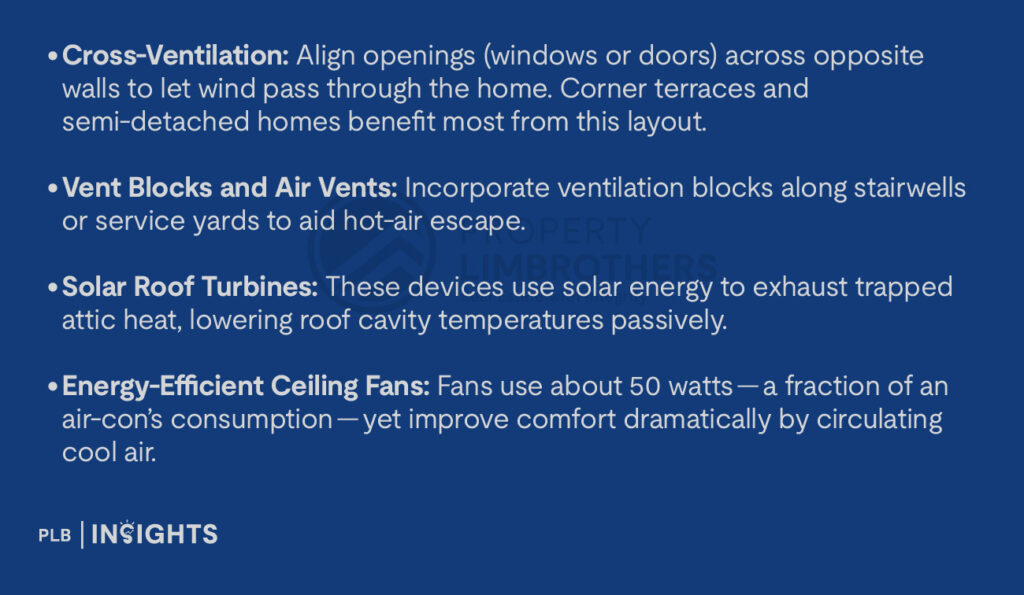
Lighting Strategies: Maximising Natural Light Without the Heat
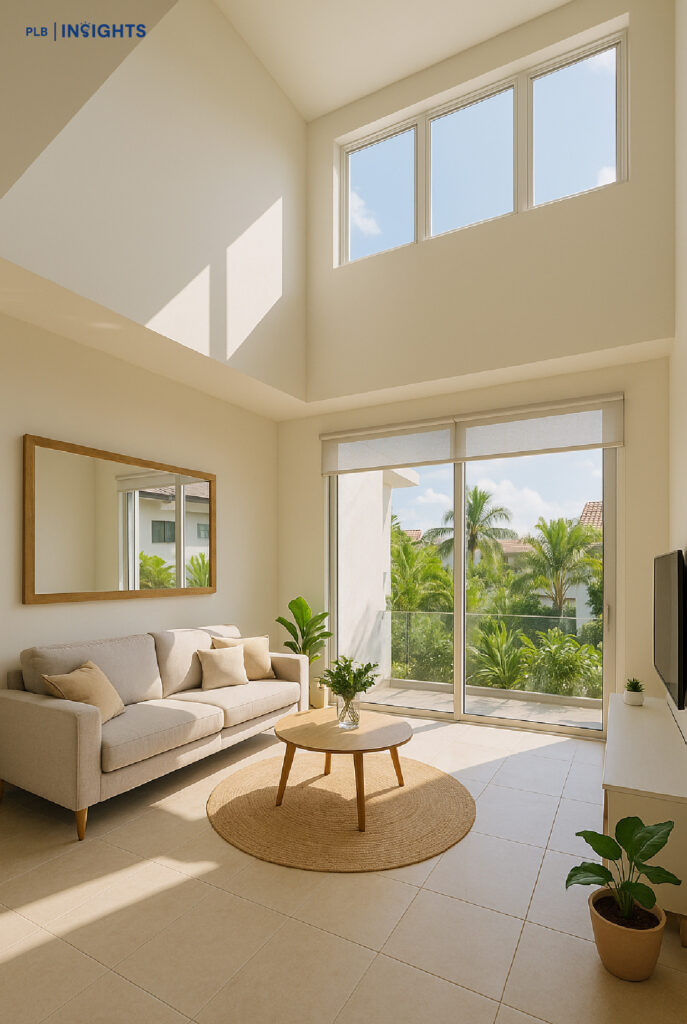
Just as cooling is about controlling sun exposure, lighting is about capturing sunlight efficiently. A well-lit home not only feels more spacious but also reduces daytime energy use.
Light Shelves and Clerestory Windows
Light shelves — horizontal ledges that reflect sunlight onto ceilings — can push natural light deeper into rooms. Clerestory windows, positioned high near the roofline, bring in diffuse daylight that doesn’t overheat interiors. These are particularly effective in double-volume living areas or stairwells.
Window Placement and Glazing
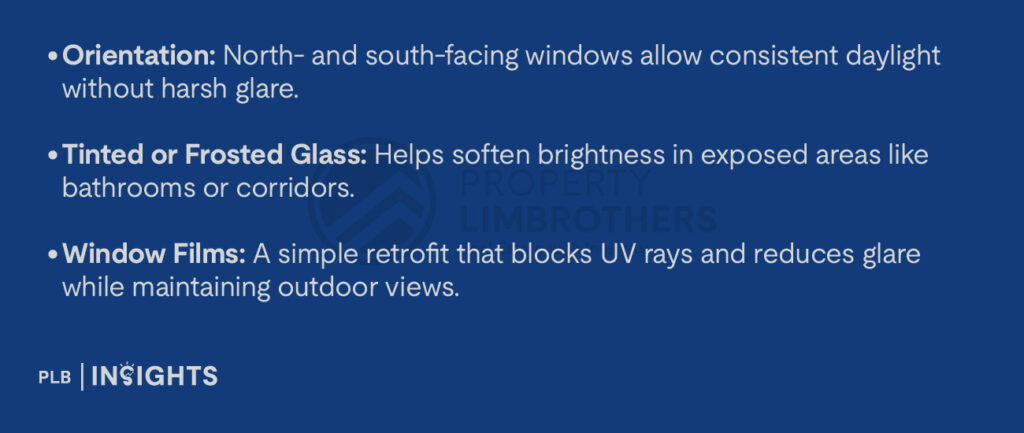
Reflective Interiors and Finishes
The way light interacts with surfaces affects how much artificial lighting you’ll need.
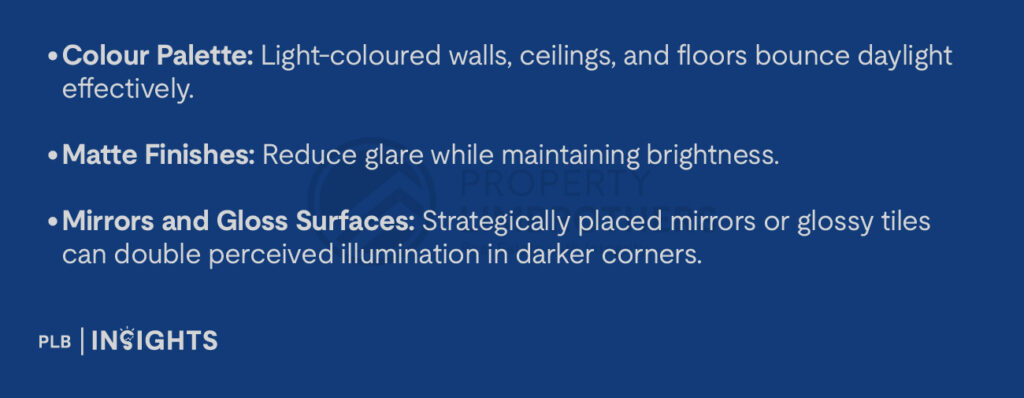
Smart Lighting Integration
Even with natural light, artificial lighting remains necessary after sunset — but smart systems can minimise waste.
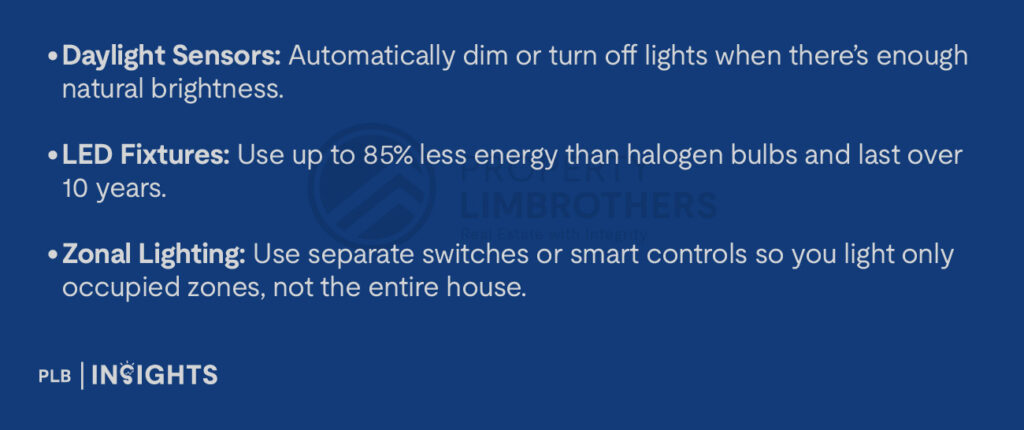
Everyday Habits and Low-Cost Upgrades
Not every change requires renovation. Simple adjustments can create noticeable savings:
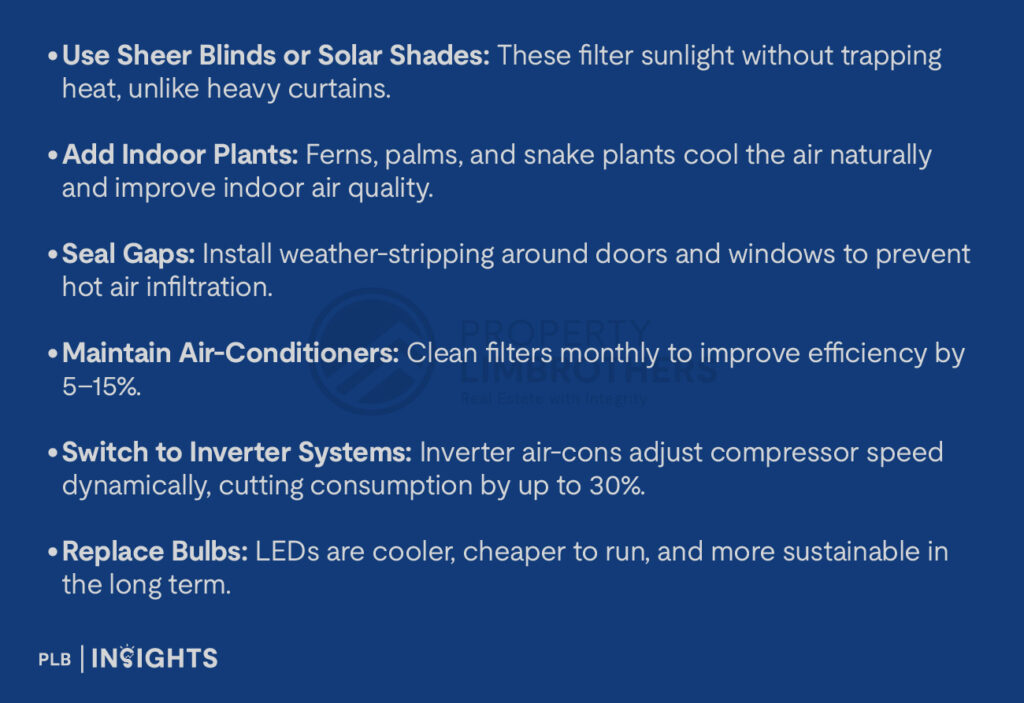
Bonus: Pair Passive Design with Renewable Energy
If you’ve already installed solar panels — as explored in our previous feature — these cooling and lighting improvements amplify the benefits. Solar panels naturally shade your roof, lowering surface temperatures by up to 3°C, while powering energy-efficient fixtures or inverter air-conditioners.
In other words, you’re not just reducing consumption, but using cleaner energy for what remains. The result: a home that’s bright, comfortable, and energy-independent.
Conclusion: Designing for Comfort, Savings, and Sustainability
Building an energy-efficient home in Singapore isn’t just about chasing trends like solar panels or green facades — it’s about designing smarter for our climate.
From reflective roofing and ventilated layouts to light-coloured interiors and smart lighting systems, each small change compounds into tangible monthly savings and long-term comfort.
Even minor upgrades — like adding blinds, reflective coatings, or cross-ventilation openings — can reduce electricity bills by up to 15–25% over time.
For homeowners planning an A&A or rebuild, integrating these strategies early can yield decades of comfort and value. And for those looking to retrofit existing homes, simple, targeted improvements can start paying off almost immediately.
A cooler, brighter, and more energy-efficient home doesn’t just save money — it reflects a more sustainable way of living.
Looking for a home that allows you to incorporate these energy-efficient features? Get in touch with our sales consultants to find a landed property that’s ideal for your long-term comfort and sustainability goals.
Thank you for reading, and stay tuned! For more detailed insights regarding the landed property market, join our Landed VIP Club and stay updated with the latest market trends and expert advice.


